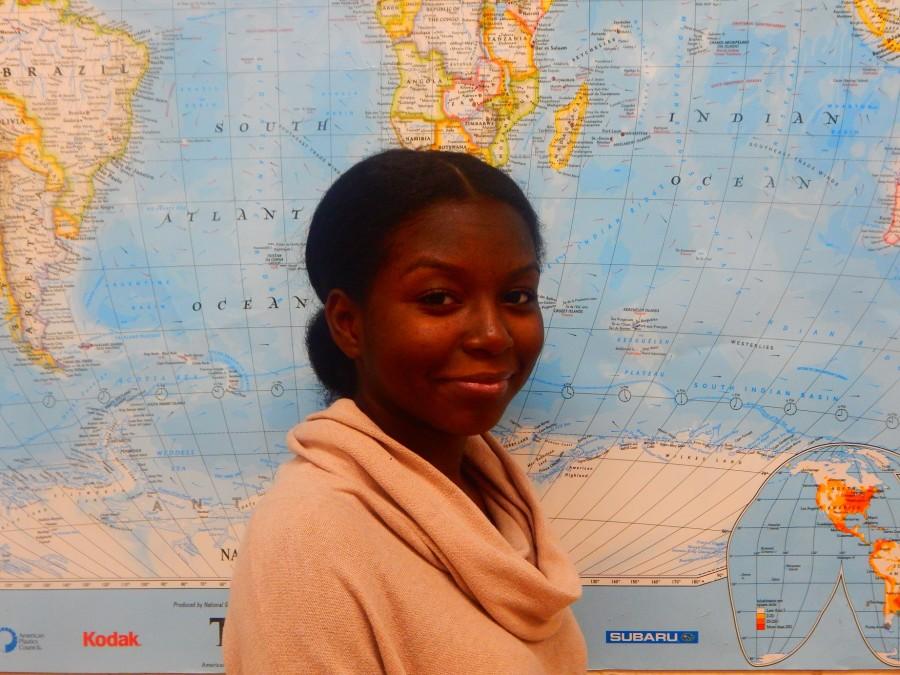January’s Women’s March One for the History Books
February 6, 2017
On January 21, 2017, a march sponsored by Women’s March was organized at the nation’s capital in light of the inauguration.
Women’s March is a grassroots effort advocating for the rights of women from all walks of life. Because the recent election has continually attacked individuals based on sex, gender, religion, ethnic background, race, immigration status, economic status, age, and disabilities, Women’s March wanted to send a bold statement to our new administration. Thus, the Women’s March was created and drew the attention of the world. The protest was not limited to Washington D.C. In fact, there were over 670 marches all over the world. Here are some of the marches and the number of protesters at each.
Washington D.C. – 500,000
Los Angeles – 750,000
New York City – 250,000
Chicago – 150,000 – 250,000
Denver – 100,000 – 150,000
Seattle – 130,000
Boston – 135,000 – 150,000
Portland – 100,000
Austin – 40,000
St. Louis – 10,000
Palm Beach – 7,000
Sydney, Australia – 10,000
Toronto, Canada – 50,000 – 60,000
London, U.K. – 100,000
In total, over 2,787,000 million people were in attendance, a number that includes some locals. Enya Pfeiffer is a Senior in the GSWLA who went to the Women’s March in Washington D.C. Here’s what Ms. Pfeiffer had to say about her experience:
“My friend and I went to DC on Saturday, and we had the most incredible experience. We listened to amazing speakers like Scarlett Johansson, Alicia Keys, Madonna, Michael Moore, and Ashley Judd. They spoke about Feminism and advocated for issues such as the Black Live Matter movement, Planned Parenthood, immigration rights, and LGBTQ rights…We were simply marching for women’s rights and for equality between men and women, different races, different orientations, different beliefs, etc…The purpose of the march was not to say we aren’t going to accept the new administration. It was to say ‘Guess what; you work for us now, and we will not allow your administration to further divide us, and for your policies to advance inequality and injustice.’ I decided to go because I believe in equality and I believe we made history on Saturday.”
And that they did. Many political scientists are calling this the biggest inaugural march in history. Perhaps the next generation will read about the Women’s March in history books.
Works Cited
“Mission & Vision.” Women’s March on Washington. Women’s March on Washington, n.d. Web. 06 Feb. 2017.
Wellman, Nathan. “The Official Women’s March Attendance Numbers From Around the World Are In…” U.S. Uncut. U.S. Uncut, 23 Jan. 2017. Web. 06 Feb. 2017.












Willie Vasser • Feb 8, 2017 at 9:32 am
So when was did the “Equal Rights Amendment for Women” become part of the Constitution? The answer> It never became part of the Constitution. I feel everyone deserves the same pay for the same work.